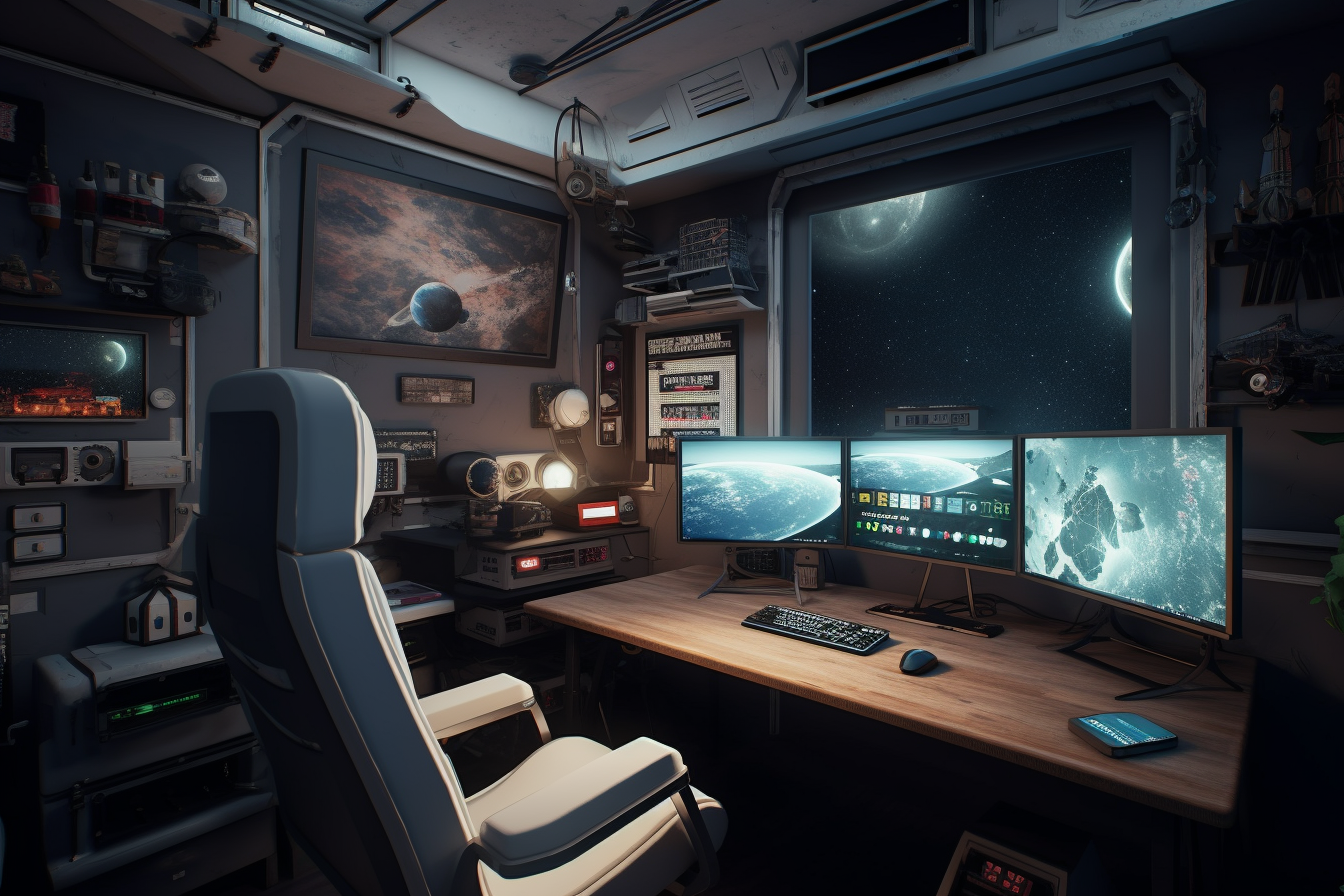Google DeepMind has announced its next artificial intelligence breakthrough, SIMA (Scalable, Instructable, Multiworld Agent). This AI agent is redefining gaming by learning to play games like a human player, rather than the typical technique of dominating AI that follows its own inflexible directives. While SIMA is now in the research stage, its ramifications for the game industry are substantial and far-reaching.
Unlike traditional gaming AI, SIMA is not intended to dominate and win games. Instead, it seeks to mimic human-like actions, effortlessly blending into games like another person in your group. SIMA takes a revolutionary approach to game AI by combining natural language commands, 3D world comprehension, and image recognition.
Tim Harley, a senior researcher at Google DeepMind and co-lead of the SIMA project, elucidates the ethos underlying this pioneering AI agent. “SIMA isn’t trained to win a game; it’s trained to run it and do what it’s told,” he says at a press briefing. This distinction emphasises SIMA’s position as a cooperative gaming partner rather than a competitive foe.
SIMA was developed in partnership with eight famous game creators, including Hello Games, Embracer, Tuxedo Labs, and Coffee Stain, among others. These collaborations facilitated SIMA training and testing across a wide spectrum of games, from the vast universe of No Man’s Sky to the chaotic sandbox of Goat Simulator 3. Notably, SIMA’s incorporation into these games does not require bespoke APIs or access to source code, demonstrating its adaptability and versatility.
Harley explains why he chose open-ended games for SIMA training. Games like Goat Simulator exemplify spontaneity and experimentation, making them an ideal environment for SIMA to develop general gaming abilities. By immersing itself in such contexts, SIMA learns to handle the complexity of interactive gameplay, reflecting the unpredictability of human decision-making.
To aid SIMA’s learning process, the research team designed a comprehensive strategy. They created a custom environment within the Unity engine where agents practiced their object manipulation skills by creating sculptures. Additionally, pairs of human players were recorded, with one directing the game and the other providing verbal directions. This data, together with independent gameplay sessions, provided an extensive dataset for SIMA to assess and predict in-game activities.
SIMA has a huge potential for expansion, as it now has around 600 essential capabilities, including basic movements and menu navigation. Harley anticipates a future in which SIMA may perform increasingly complicated jobs within games, such as resource collecting and construction, while obstacles remain in seamlessly combining AI operations with human gameplay.
Despite its revolutionary potential, SIMA is not meant to replace traditional AI-controlled non-player characters (NPCs). Frederic Besse, co-lead of the SIMA project, notes that SIMA functions as another player within the game, influencing gameplay results rather than as an autonomous entity.
Looking ahead, the possibilities for SIMA and other AI agents in gaming are limitless. While the idea of AI NPCs communicating and cooperating with players is somewhat theoretical, the developing landscape of AI technology holds promise for more immersive and dynamic gaming experiences.
To summarise, Google DeepMind’s SIMA signifies a paradigm change in gaming AI, ushering in a future in which artificial intelligence goes beyond simple rivals to become crucial companions in virtual environments. As SIMA evolves and adapts, the impact on gaming and interactive entertainment is set to be nothing short of revolutionary.











Leave a Reply